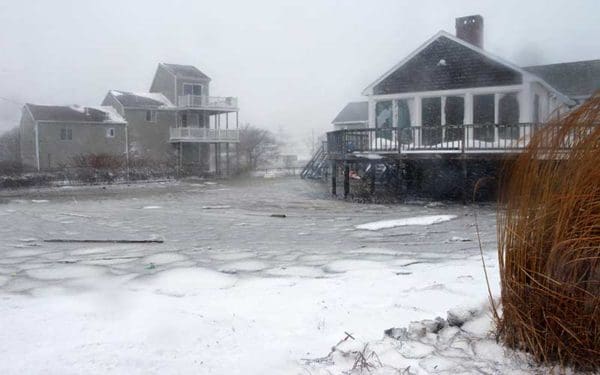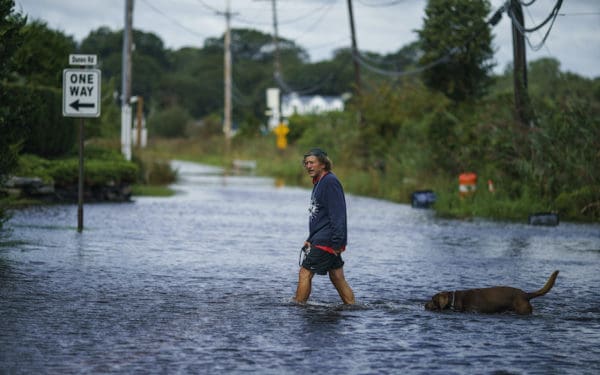In the Eye of a Storm
The climate crisis is here. That means we must not only focus on how to prevent future climate impacts but also on how to preserve life and prevent damage to our homes, neighborhoods, and cities today. Here’s how.

The climate crisis is here. That means we must not only focus on how to prevent future climate impacts but also on how to preserve life and prevent damage to our homes, neighborhoods, and cities today. Here’s how.

Climate change means heat waves are getting longer and more frequent. But cities can prepare by implementing three simple steps.

We must prepare our coastal communities for the increasing frequency and damage associated with high tide flooding. Here’s how.

With support from our partners, CLF has developed an online calculator that will help provide greater transparency when balancing waterfront development and the public’s access rights.

Climate impacts are here now, but are our communities ready for them? Here’s what we must do to get climate ready.

While cutting our climate-damaging emissions remains critical to combatting climate change, we must also prepare for the impacts we know are coming. If we don’t, the consequences will become much more dire – and much more expensive – in the future.

Our region has seen hurricanes and tropical storms before, but, as we’ve just witnessed, it doesn’t have to be a storm of that magnitude to do significant damage. This year’s wet summer has shown that severe storms are becoming more common and intense, and they will only grow more frequent as the climate crisis deepens.

If you’re like me, then, after a year of isolation and quarantine, you’re ready to get outside and celebrate summer. What better way to enjoy summer in the city than by spending time with friends and family along Boston’s waterfront? But here’s the thing: Things aren’t all that rosy when it comes to our waterfront.… Continue reading Enjoy Boston’s Waterfront This Summer… and Reclaim Your Space

With life expected to slowly return to some semblance of normal by the summer, we must continue to find ways to promote public health and the economy. But we also must protect the public’s right to access open space along the city’s waterfront.

Advocates cheered when President Biden reinstated the Obama-era flood protection standard among his first acts in office. The Biden administration is sending a clear signal that building according to climate patterns of the past is no longer acceptable – we must acknowledge and address increasingly frequent and extreme flooding caused by climate change. Reinstating the federal standard is a critical first step for increasing our national infrastructure’s climate resilience – one that signals the urgent need for action here at home.
